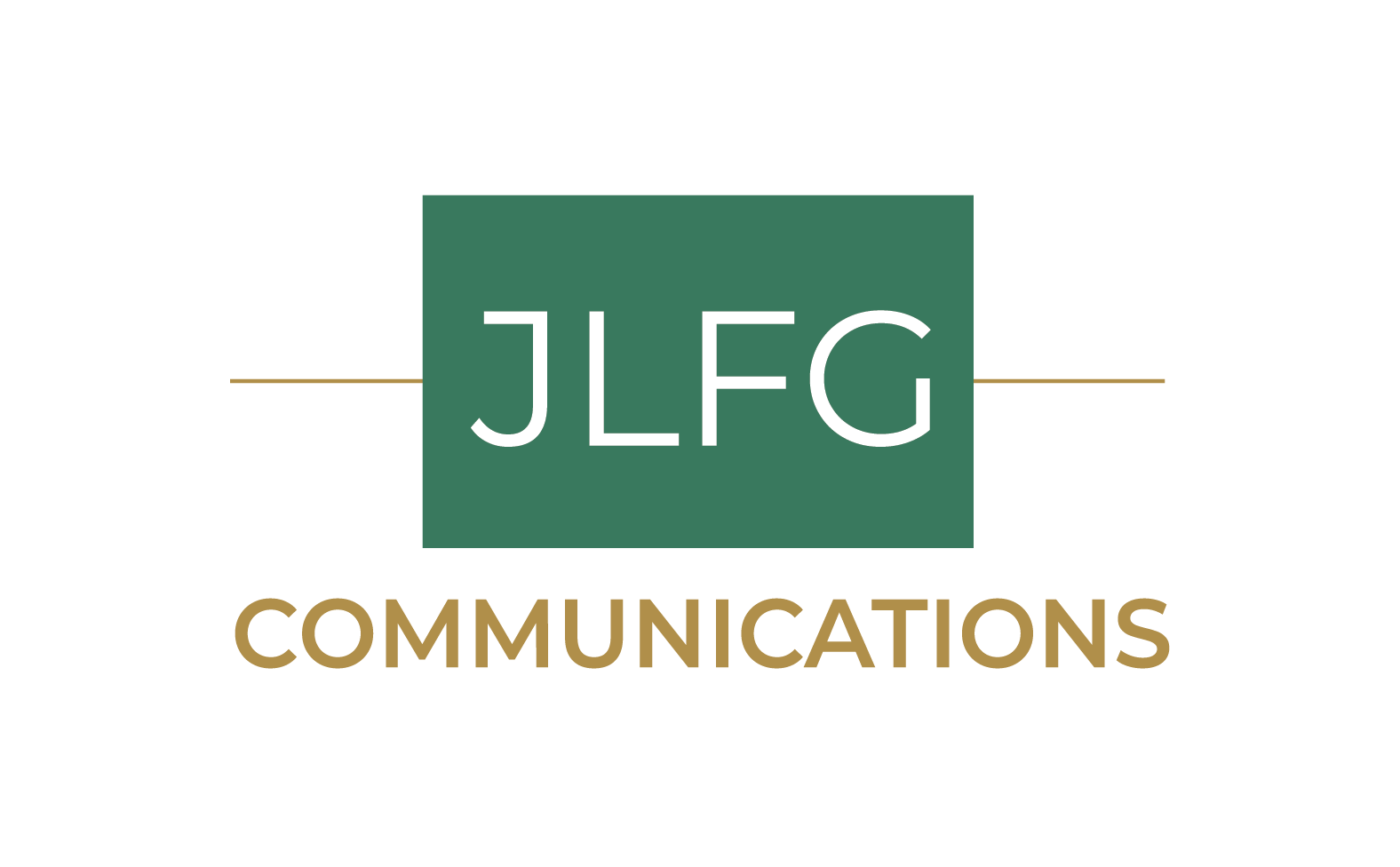Building a Circular Future
As I looked through the dozens of events happening each day during Climate Week NY, several caught my attention. One was “Circular Economy Futures 2050,” sponsored by the World Business Council on Sustainable Development (WBCSD). The half-day event centered on the Global Circularity Protocol for Business (GCP).
I am somewhat embarrassed to admit that this is my first time learning about the GCP. After all, countries worldwide have been proposing circular economy policies for decades. I have written a book subtitled “Building a Circular Future.”
Perhaps I can blame my ignorance on where I live. One of the speakers showed a map with dots on the countries that have launched circular economy roadmaps. The map showed activity in Europe, Africa, Asia, and Latin America. North America was conspicuously dot-free.
How Things Are
The WBCSD event mentioned problems I was already aware of. My assertion that we need to change how we source materials and make products is based on science. I’m not the only one saying we need to address more than GHG emissions.
Nature is not only trees, forests, and oceans. Natural resource extraction has skyrocketed ahead of productivity. Technological advances allow people to extract fossil fuels and minerals from ever more remote locations. Consequently, each ton extracted requires more energy input.
Our linear economy has extracted as many tons of resources from the Earth in the past six years as in the previous 100 years. Materials extraction and processing are responsible for 60 % of global climate change, 40% of air pollution, and 90% of water stress.
The greatest need for change is in the four industries with the highest impact on global materials extraction. Manufacturing, construction, agriculture, and transportation account for 85 % of worldwide materials use.
The trends sound alarming, but focusing on doomsday scenarios will not motivate people. We need to focus on solutions, many of which can be implemented without inventing any new materials or technologies. Work is underway to do just that.
Circularity Commitments
A Chatham House report describes the extent of international involvement. Seventy-five circular economy roadmaps and nearly 3000 policy commitments targeting 17 industry sectors demonstrate a global recognition of the need to make the economy more circular.
Among sector commitments, the construction and plastics industries dominate. Mining and electronics are also significant contributors. Unfortunately, many commitments don’t match up to the science. That points to a need to involve more scientists and engineers in policy discussions.
Having 75 different policies is not the most efficient use of human resources. Hence, the GCP aims to “truly unlock materials circularity” worldwide. WBCSD’s analysis predicts that implementing the guidelines in the draft GCP would accelerate circularity and significantly reduce material consumption, GHG emissions, and pollution. It sounds like a win-win.
The GCP is a voluntary framework. In an ideal world, companies from every continent and all industry sectors will comply with GCP recommendations. Unfortunately, we don’t live in an ideal world. Competition often overshadows cooperation.
Where is the US?
There is another worrisome issue. The United States and Canada are not on the map in this global discussion. Policymakers throughout the US accept funding from the fossil fuel industry, which creates undue influence that delays progress on climate action or circular economy policies. The influence is present in both major political parties.
This needs to change. Without cooperation from North America, circularity goals are likely to remain elusive. One tool that might help is the No Fossil Fuel Money Pledge. Politicians throughout the US can sign the pledge saying that they promise not to take contributions from the fossil fuel industry to fund their election campaigns. Nearly 5000 candidates have signed to date.
US citizens can use the website to enter their postal code and look up candidates for local, statewide, and national office to see who has signed the pledge, who hasn’t, and who has accepted donations from the fossil fuel industry.
The Way Forward
Policies that make polluters pay or increase taxes on virgin materials will give governments funding to support research and development (R&D) into more effective ways to recover and reuse materials and products. That, in turn, will accelerate circularity. However, not everyone agrees that penalties are the best approach. Credits for positive action can be part of the equation, and some people believe that the private sector should lead without waiting for government policies to dictate behavior.
A global protocol for circularity is a huge step in the right direction. The challenge lies in putting the recommendations in place, especially when there is confusion over how to measure circularity. The business community is finally getting a handle on measuring and tracking GHG emissions. We don’t yet have consistent definitions and metrics for circularity, making it nearly impossible to compare companies and industries. Once we agree on how to measure circularity, we can price it and consider appropriate taxes and credits.
We need to move intentionally. If done right, tracking the circular economy will help reduce GHG emissions and pollution and mitigate procurement risk. If done wrong, companies will get credit for sending materials for recycling that eventually end up in landfills or incinerated, and we won’t achieve the promised result.
If some countries move ahead while others impede progress or poorer countries suffer unduly from imposed regulations, that won’t advance the GCP’s goals. GCP implementation needs to be truly global. That means considering positive and negative impacts across various industries and geographical locations and expanding international trade with a just and equitable approach.
I left the circular economy event feeling cautiously optimistic. It will be fascinating to watch where the GCP leads us.
